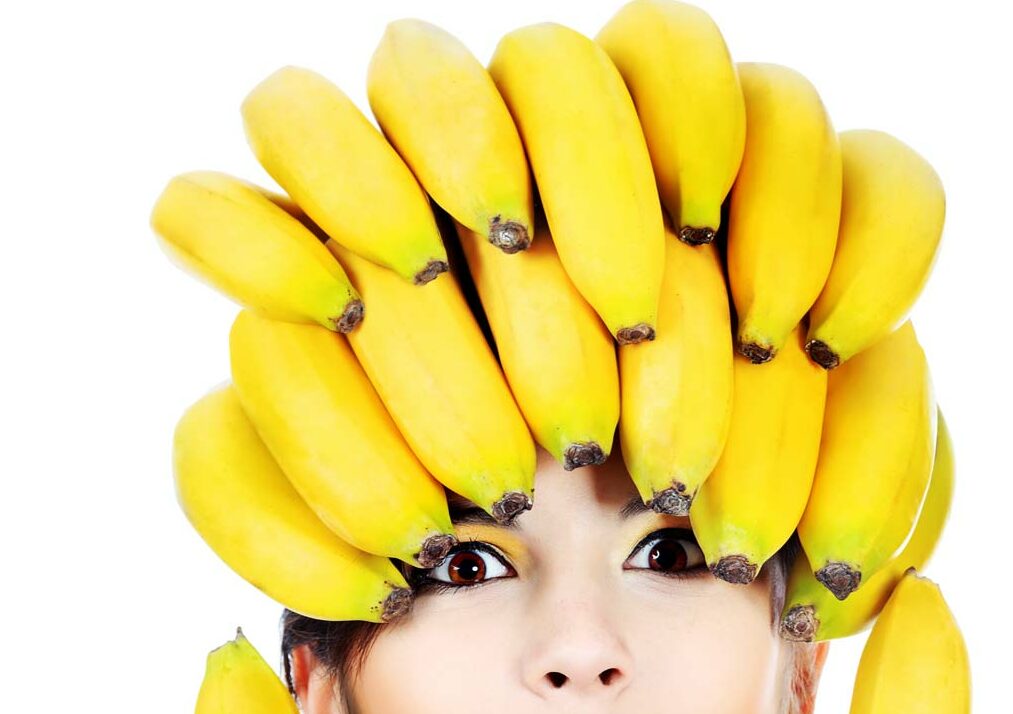Researchers in their study have found a way to turn wastage from banana into packaging material.
They stated that this new approach is biodegradable and recyclable.

Researchers from the UNSW Sydney have found a way to turn wastage from banana into packaging material.
Two researchers in their study discovered that this new approach is biodegradable and recyclable.
Associate Professor Jayashree Arcot and Professor Martina Stenzel were looking for ways to convert agricultural waste into something that could value add to the Industry it came from while potentially solving problems for another.
Using a reliable supply of pseudostem material from banana plants grown at the Royal Botanic Garden Sydney, the duo set to work in extracting cellulose to test its suitability as a packaging alternative.
“What makes the banana growing business particularly wasteful compared to other fruit crops is the fact that the plant dies after each harvest,” said Arcot.
Arcot said she and Prof Stenzel have confirmed in tests that the material breaks down organically after putting ‘Films’ of the cellulose material in soil for 6 months.
The results showed that the sheets of cellulose were well on the way to disintegrating in the soil samples.
“The material is also recyclable. One of our PhD students proved that we can recycle this for three times without any change in properties,” Arcot said.
If packaging manufacturers updated their machines to be able to fabricate the nano-cellulose film into bags and other food packaging materials, then banana pseudostems stand a real chance of making food packaging much more sustainable, the researchers said.
The banana-growing Industry produces large amounts of organic waste, with only 12% of the plant being used while the rest is discarded after harvest.


































































































